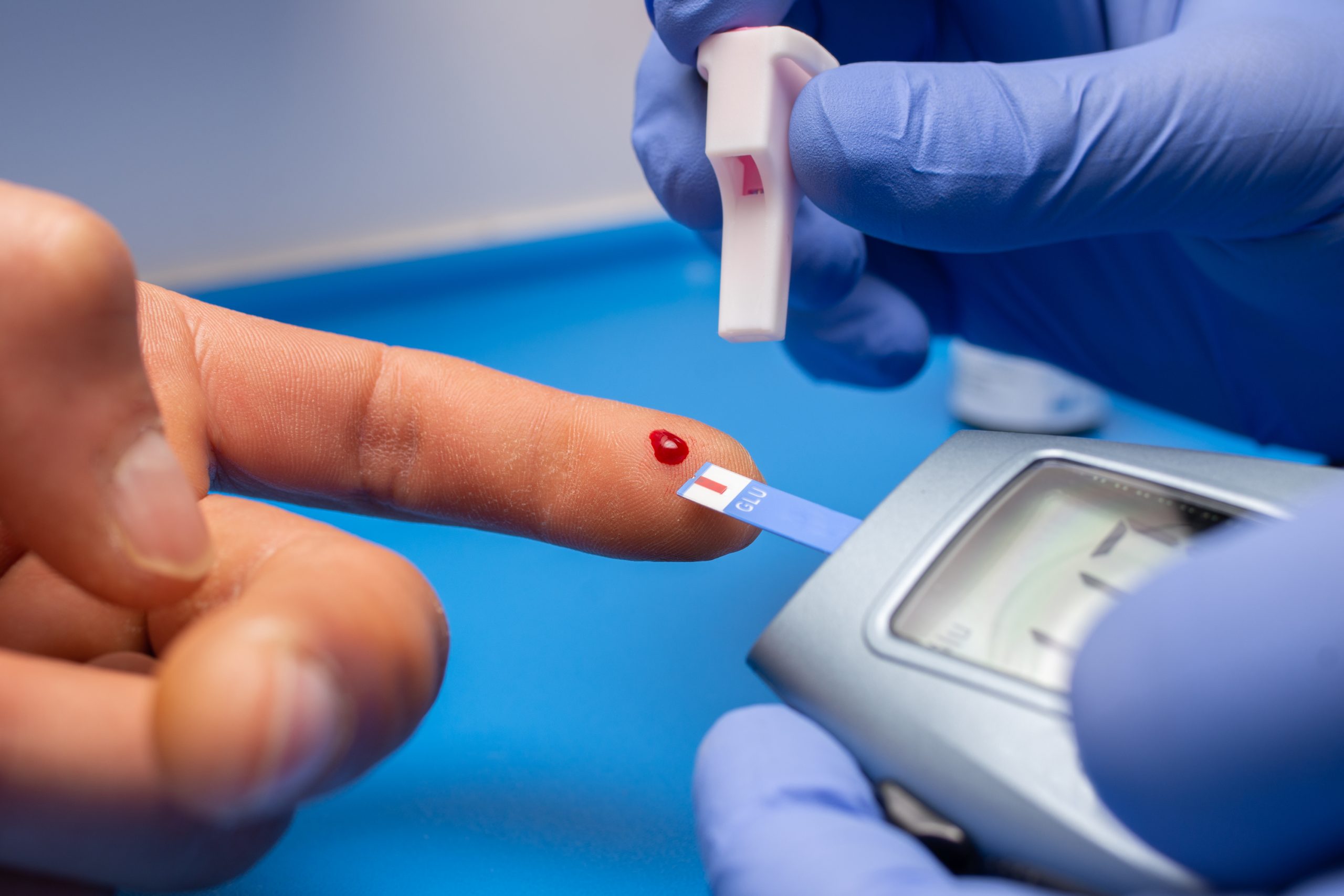

Tirzepatide, a diabetes medicine that is also being considered for clearance as a weight loss therapy, works by activating two separate processes in the body that control insulin secretion and energy balance, according to Duke Health researchers.
According to the findings published on June 5 in the journal Nature Metabolism, this is the first study to employ cells from human donors to demonstrate how tirzepatide promotes insulin production, a crucial activity used by this medicine to lower blood glucose in type 2 diabetes patients.
“Understanding the potential of drugs that target more than one mechanism opens a whole new world of discovery for better weight-loss and diabetes drugs,” said senior author Jonathan Campbell, Ph.D., associate professor in the departments of Medicine and Pharmacology and Cancer Biology at Duke University School of Medicine, and member of the Duke Molecular Physiology Institute.
Mounjaro is the brand name for tirizepatide. It and similar medicines are known as receptor agonists, which means they bind to a certain receptor in cells, causing that cell to perform a specific action. Diabetes medications that target the glucagon-like peptide-1 (GLP-1) receptor have a lengthy history.
These GLP-1-based medicines restore insulin production and lower blood glucose in persons with type 2 diabetes. People who use the therapies also feel fuller for longer and have less hunger, which leads to weight loss over time. As a result, GLP-1-based medicines are particularly appealing for the treatment of diabetes and obesity.
Tirzepatide is unique in this family of medications in that it binds both the GLP-1 receptor and a receptor for the glucose-dependent insulinotropic polypeptide (GIP). This new receptor, in theory, gives the medicine a greater range of function inside the body.
However, the GIP receptor has previously been neglected as a target for metabolic disorder, with some even advocating that it be blocked rather than activated. Some in the field speculated that tirzepatide’s activity at the GIP receptor was unimportant, implying that tirzepatide acted as a “super” GLP-1 receptor agonist.
Campbell and colleagues expected to find that tirzepatide’s main activity was at the GLP-1 receptor. However, using donated cadaver islet cells, they discovered that the GIP receptor was required for the insulin production that happened when the islets were activated by tirzepatide.
Tirzepatide was also discovered to boost the synthesis of glucagon, another islet hormone. GIP increases glucagon secretion while GLP-1 decreases it. The discovery that tirzepatide increases glucagon secretion adds to the evidence that this medication has significant activity at the GIP receptor.
“Because our work shows that tirzepatide is a true multi-receptor agonist, and not just a super-GLP-1 receptor agonist, it validates the potential of using single molecules with activity at more than one receptor as a viable approach to treat metabolic disease,” Campbell said. “Extending these studies to the cell types that control appetite and body weight should be an important and exciting future direction.”
more recommended stories
 36-Week Pre-eclampsia Screening May Reduce Term Risk
36-Week Pre-eclampsia Screening May Reduce Term RiskA New Preventive Strategy for Term.
 Cardiovascular Risk and Sudden Cardiac Death in Diabetes
Cardiovascular Risk and Sudden Cardiac Death in DiabetesRising Sudden Cardiac Death (SCD) Risk.
 Poor Kidney Function and Alzheimer’s Biomarkers Explained
Poor Kidney Function and Alzheimer’s Biomarkers ExplainedPoor kidney function may influence levels.
 Walking Speed Before Hip Replacement Predicts Recovery
Walking Speed Before Hip Replacement Predicts RecoveryNew Evidence Points to a Simple,.
 Neuroblastoma Drug Combo Extends Survival in Models
Neuroblastoma Drug Combo Extends Survival in ModelsA Promising Shift in High-Risk Neuroblastoma.
 How Soybean Oil Impacts Weight Gain and Metabolism
How Soybean Oil Impacts Weight Gain and MetabolismWhy Soybean Oil May Affect Metabolism.
 Coffee and Cognitive Function: Evidence Review
Coffee and Cognitive Function: Evidence ReviewA new narrative review in Cureus.
 Colorectal Cancer Screening Rates Low in Adults 45–49
Colorectal Cancer Screening Rates Low in Adults 45–49Recent UCLA research reveals that colorectal.
 Gut Immune Cells and Long-Lasting Antiviral Protection.
Gut Immune Cells and Long-Lasting Antiviral Protection.Breakthrough Findings on How Gut Immune.
 Mild Pancreatic Duct Dilatation Signals Higher Cancer Risk
Mild Pancreatic Duct Dilatation Signals Higher Cancer RiskEarly Structural Changes Offer Critical Clues.

Leave a Comment